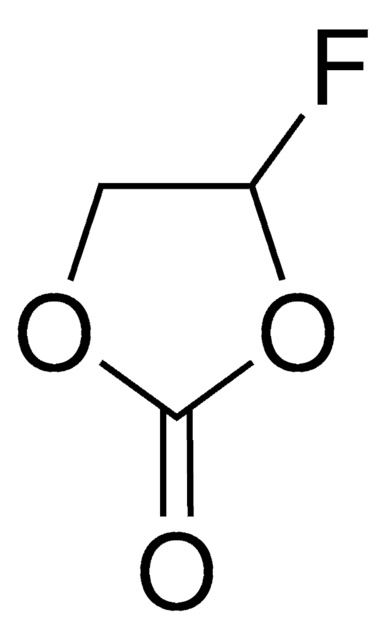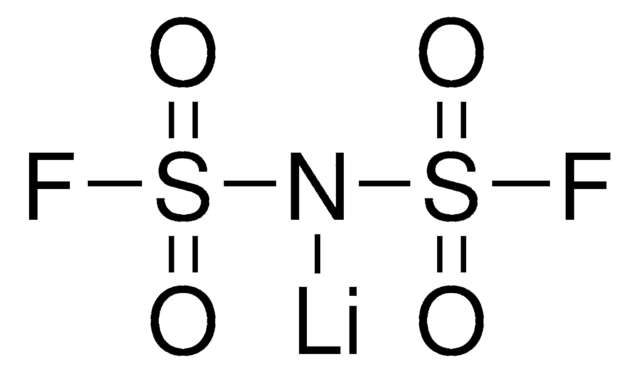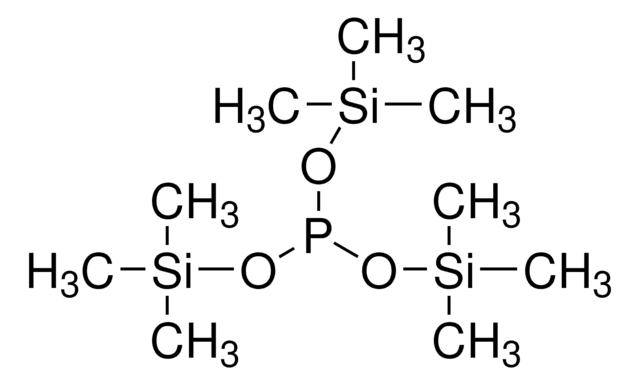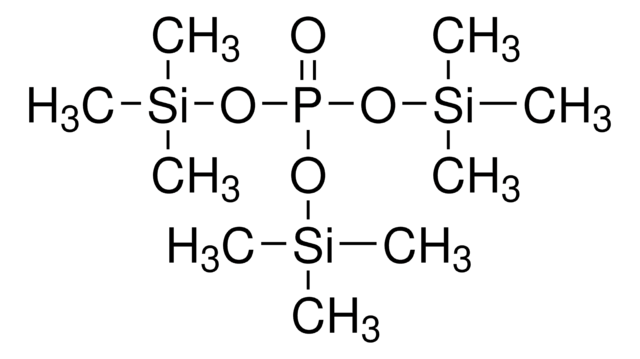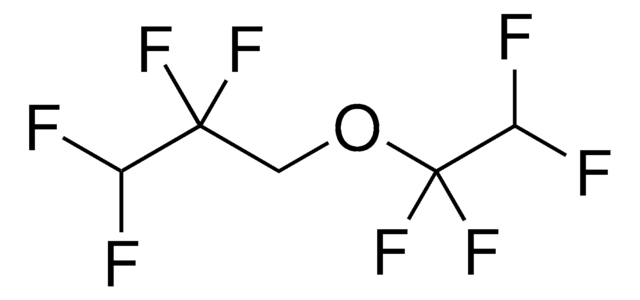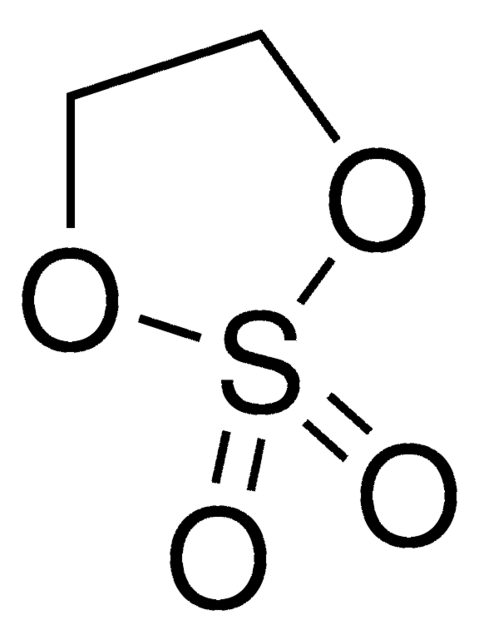933708
Lithium difluorophosphate

≥99% trace metals basis, acid ≤ 200 ppm, battery grade
Synonyme(s) :
LiDFP, LiF2PO2, Lithium difluorophosphinate, Lithium phosphorodifluoridate
About This Item
Produits recommandés
Qualité
battery grade
Niveau de qualité
Description
acid ≤ 200 ppm
Pureté
≥99% trace metals basis
Forme
powder
Impuretés
≤200 ppm acid
Traces de cations
Ca: ≤5 ppm
Cr: ≤10 ppm
Fe: ≤5 ppm
K: ≤5 ppm
Na: ≤5 ppm
Pb: ≤5 ppm
Application(s)
battery manufacturing
Description générale
Application
Produit(s) apparenté(s)
Mention d'avertissement
Danger
Mentions de danger
Classification des risques
Acute Tox. 3 Oral - Acute Tox. 4 Dermal - Aquatic Chronic 2 - Eye Dam. 1 - Skin Corr. 1B - STOT RE 1
Code de la classe de stockage
6.1C - Combustible acute toxic Cat.3 / toxic compounds or compounds which causing chronic effects
Classe de danger pour l'eau (WGK)
WGK 3
Faites votre choix parmi les versions les plus récentes :
Certificats d'analyse (COA)
Désolés, nous n'avons pas de COA pour ce produit disponible en ligne pour le moment.
Si vous avez besoin d'assistance, veuillez contacter Service Clients
Déjà en possession de ce produit ?
Retrouvez la documentation relative aux produits que vous avez récemment achetés dans la Bibliothèque de documents.
Notre équipe de scientifiques dispose d'une expérience dans tous les secteurs de la recherche, notamment en sciences de la vie, science des matériaux, synthèse chimique, chromatographie, analyse et dans de nombreux autres domaines..
Contacter notre Service technique